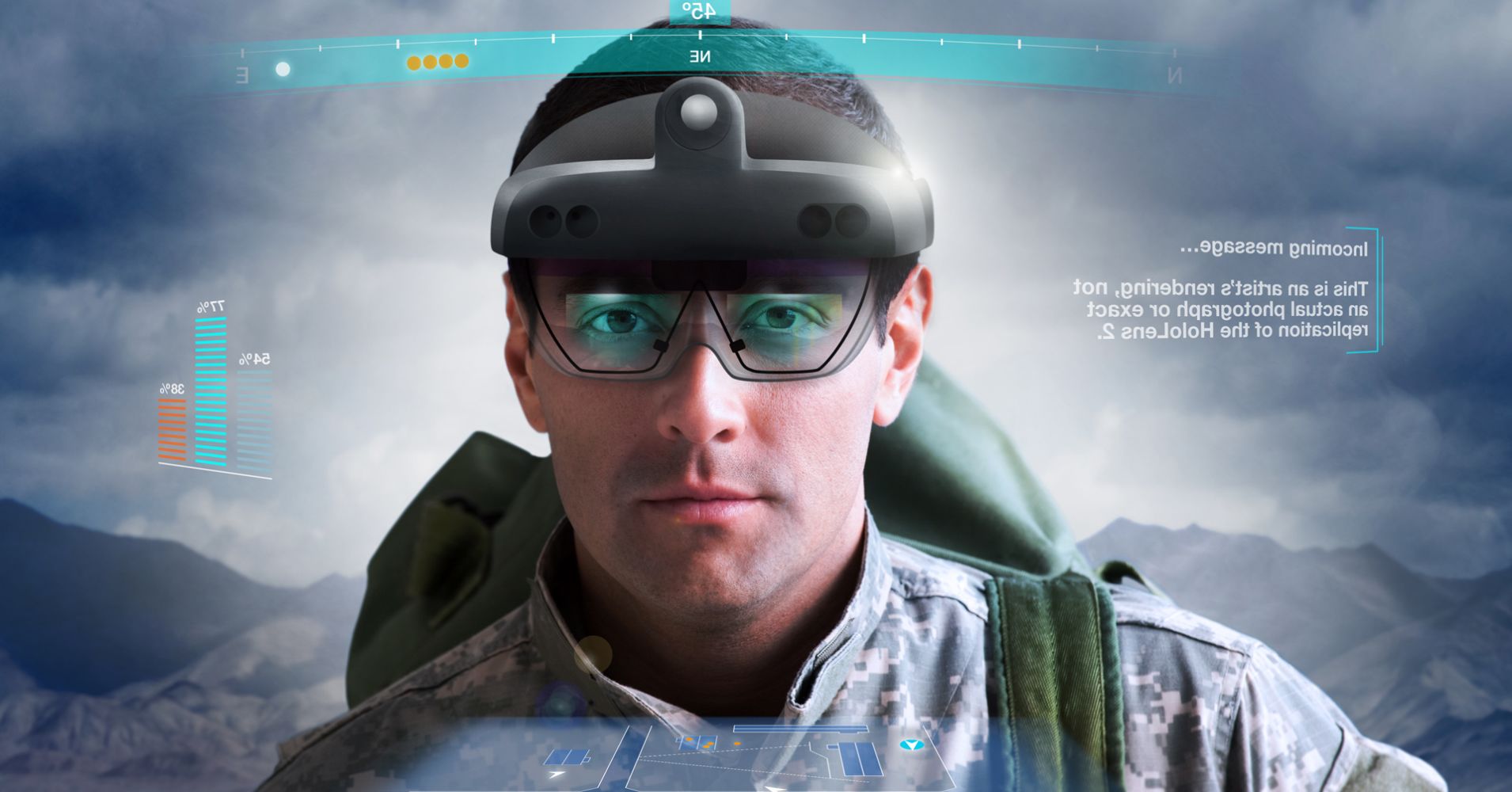Last November, we learned of a contract near half of a billion dollars for the the Army to but and use the Hololens from Microsoft. In this deal, we saw Microsoft strike a huge deal for their own company, especially because it is no secret that the Army has been in the market for AR for quite sometime now.
When the Army first finished the contract, the idea was to buy “a few thousand headsets.” That is no longer the case as they have now integrated over 100,000 Hololens 2 headsets into their operations. We know that they were never really planning on using the commercial version of the headset. We knew they would beef it up a bit to benefit them and what they want to do with it more.
We finally know what they have done with the headsets and how they are making them more soldier friendly.
Please note that this is far from the final project and it will be changing. It will be different when they release to the forces in 2022, and most definitely will be improved by the time they deploy them in 2028.
The hardware is nearly identical to the commercial headsets. The only notable difference is the FLIR thermal camera that is mounted on top of the forehead, where it usually would be naked. The software is a different story.
Going into this project, the Army knew that if they were going to make great use of this headset, they were going to have to incorporate their own version of what was taking place under the glass. If you have played a first person shooter game, this will make sense. I would compare it most to Tom Clancy’s Division 2. What I am referring to is the screen and guiding that is on the screen. The software shows a map, compass, where you are aiming, ammo count, and even augmented directions. In video games, it is completely helpful. in real life, where the advantage is life altering, we can only imagine how helpful this can be.
The thermal camera helps you see not only through fog and smoke, but helps looking through real objects as well such as cars, bushes, fences, and many more. On top of those advantages, the thermal camera operates as a set of night vision that also does not take away your regular vision. This in itself is another reason why augmented reality is the way to go in the future for the soldiers.
Whats Next?
We know that the soldiers are all in for making their jobs easier, as any of us are. They are referring to this new operating system as a “combat multiplayer.” If you have been around anyone that is talking about combat, you’ll quickly learn that a combat multiplayer is anything that makes them more deadly or lethal.
“Whatever we do on the ground plays off of what we do in training for real-time missions and the real world,” one soldier said. “We might not know what [the battlefield] looks like, but we can predict and take Google images and implement that into the IVAS. It’s a huge boost to rehearsal.”
They are also using the headsets to simulate where and when people will be moving in simulated missions. This headset is versatile and the Army is integrating it perfectly into their plans headed forward.
The headset is planned to go out to the war fighters by as late as 2023, and nearly every single Army member should have access to a Hololens by the end of 2028. The future is bright for augmented reality in our everyday lives.






























